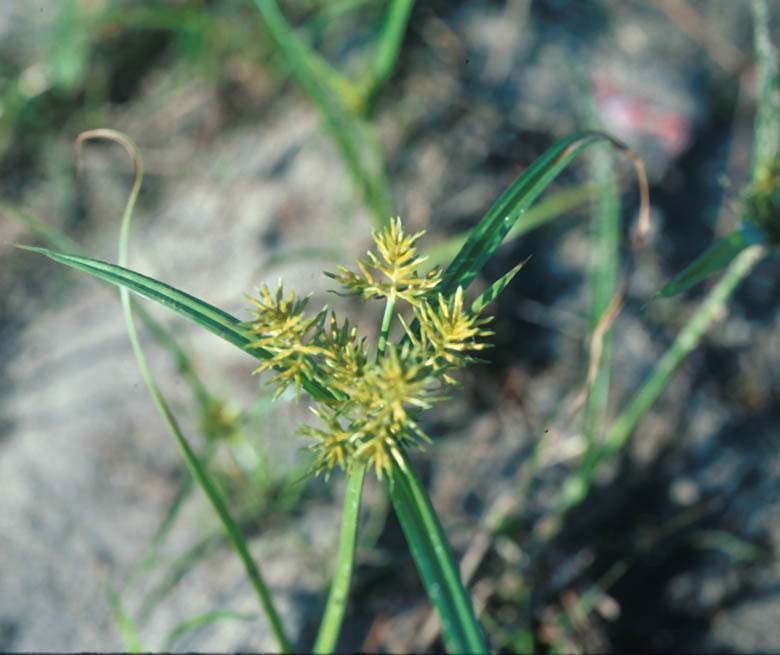By Clint Thompson
Nutsedge is one of the most devastating and frustrating pests that Southeast vegetable producers encounter every year, but it can be managed more effectively. Growers must be dedicated to implementing a year-round management system and not just one that’s effective during a specific production season.

Nutsedge is a destructive weed that can overwhelm a cropping system and challenge plants for essential nutrients, sunlight and water. It thrives on its ability to penetrate plastic mulches, a common production system that many commercial growers use.
Stanley Culpepper, University of Georgia (UGA) Cooperative Extension weed specialist, discussed nutsedge management during the Southeast Regional Fruit & Vegetable Conference in Savannah, Georgia, in early January. He did not promise 100% control but insisted improved management is possible.
“Nutsedge is always a problem in vegetable production. It is a really big challenge in our plasticulture. It’s the only weed that can obviously penetrate the mulch on its own,” Culpepper said. “We invest a lot of money to control nutsedge in plasticulture. If we could reduce those populations, we could actually reduce the cost of the fumigant program.”
Most growers utilize a fumigation system every production season. It is an effective management strategy that allows growers to suffocate pests in the soil with fumigant products. Producers rely on the system to kill weeds and certain insect pests, specifically nematodes, prior to planting season. But it can be a costly investment, especially if it is the last and only line of defense.
“What we would like to see our growers doing is thinking about nutsedge 365 days a year. When we’re between crops or we’re rotating to an agronomic crop, we need to focus on knocking the seed bank population down. When you think about your problematic weeds, you have to begin by working on the seed bank,” Culpepper said. “If we could drive those nutsedge tuber numbers in the soil down by running good programs 365 days a year, we can eventually win. The key word is ‘eventually’ because there’s a reason it’s the most problematic pest. It requires both chemical and mechanical management approaches.”
TACKLING TUBERS
Nathan Boyd, associate center director of the University of Florida Institute of Food and Agricultural Sciences Gulf Coast Research and Education Center and professor of horticulture and weed science, said it only takes four to eight weeks, depending on the time of year, for a plant to double the number of tubers it possesses. In a field that might have been left unmanaged, even for a short period of time, growers can experience a sudden surge of nutsedge.
Nutsedge species tend to be less of a problem on deep sands because they’re drier. They can occur in dry soils, too, but their preference is for a moister, heavier type of soil.
Tuber removal is vital to producers achieving maximum nutsedge control. Growers can hand-weed, but it is a tedious and expensive management option. It requires a large labor investment, but if workers do not remove the tubers, the nutsedge simply grows back.
Weed and pest control became more challenging for growers following the phaseout of the soil fumigant methyl bromide. It was effective in managing nutsedge but also dangerous to the ozone. Culpepper has researched methyl bromide alternatives on the UGA Tifton campus.
HOLISTIC APPROACH
Culpepper stresses a holistic approach to nutsedge control. Different tactics can be incorporated together to produce a more impactful management system. The best strategies will reduce input costs over time while improving pest management in plasticulture systems.
Options to consider throughout the year include the following:
- Manage nutsedge between rows of plasticulture and not just in the beds themselves.
- Include Sandea herbicide for those labeled crops when feasible as it is effective on both yellow and purple nutsedge.
- Immediately after crop harvest is completed, terminate the crop and weeds with either tillage or glyphosate followed by paraquat.
- When the field is out of production, rotate a disking and full rates of glyphosate on three- to four-week intervals to help deplete tubers from the soil seed bank.









